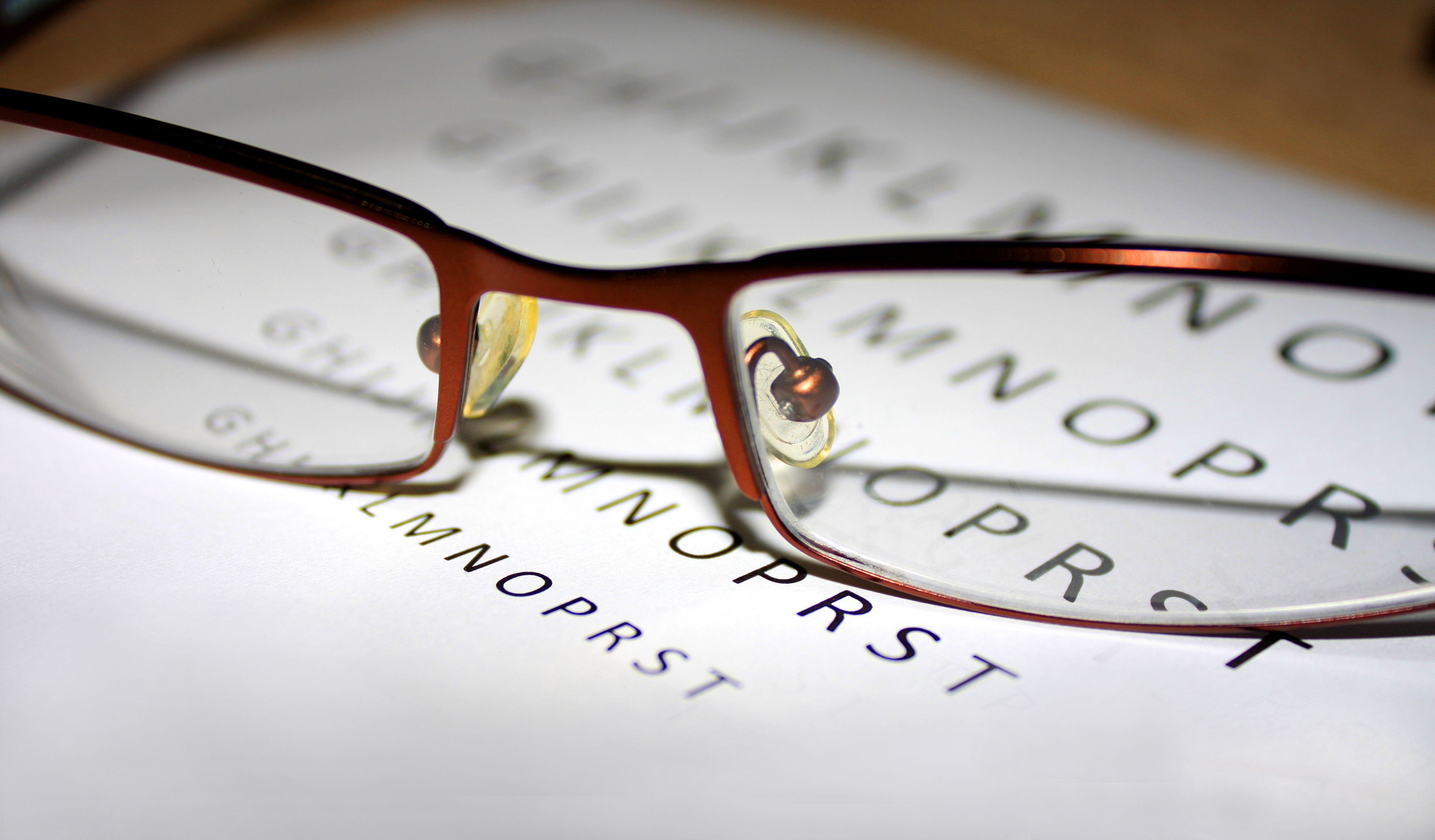Article
New Study Data May Help Shape Treatments for Ocular Hypertension
Author(s):
Over 20 years, 1 in 4 patients with ocular hypertension suffered visual field loss from primary open-angle glaucoma, according to a new study.
A quarter of patients with ocular hypertension (OHT) suffered visual field loss from primary open-angle glaucoma (POAG) over a 20-year period, according to a study in JAMA Ophthalmology.
In combination with the study’s predictive model, this finding may help clinicians and patients make informed decisions about managing elevated pressure in the eye. The study was designed to help clinicians and patients determine the frequency of examinations necessary and the benefits of preventive treatment.
OHT is a common condition and is the leading risk factor for POAG. Researchers used data from phase 3 of the Ocular Hypertension Treatment Study—collected from January 2016 to April 2019—involving 1636 patients to evaluate the incidence and severity of the disease after 20 years of follow-up or over the lifetime of participants (or within 2 years of death).
The 20-year cumulative incidence for visual field loss was 25.2% (95% CI, 22.5%-27.8%). After adjusting for exposure time, that for POAG in 1 or both eyes was 45.6% (95% CI, 42.3-48.8%). Overall, 483 patients (29.5%) developed POAG in 1 or both eyes (unadjusted incidence).
Phase 1 of the study, conducted from 1994 to 2002, was a randomized clinical trial regarding early treatment of POAG. The incidence of POAG was higher in the observation group than the medication group during phase 1, after which the difference remained relatively constant.
The phase 3 study also showed a 20-year cumulative incidence among African American participants that was far higher than among other races: 55.2% (95% CI, 47.9%-61.5%) vs 42.7% (95% CI, 38.9%-46.3%; P < .001). The discrepancy occurred despite similar baseline and follow-up intraocular pressure (IOP) and a higher percentage of African Americans receiving treatment, according to the authors
They cautioned against concluding the necessity of more aggressive treatment, because when stratified by risk, African Americans and others in the same category had similar outcomes. Instead, the authors recommended relying more on a predictive model and patient age, health status, life expectancy, and preference.
The researchers were able to use a model that included age, IOP, central corneal thickness, vertical cup-disc ratio (VCDR), and visual field pattern to accurately predict which participants would have a low (31.7%; 95% CI, 26.4%-36.6%), medium (47.6%; 95% CI, 41.6-53.0%), or high risk (59.8%; 95% CI, 53.1%-65.5%) of developing POAG. The predictive model included VCDRs from optic photographs, but those measurements generally have been replaced by optical coherence tomographic measurements of the optic disc, peripapillary nerve fiber layer, and macula.
The study results indicated that 199 participants developed optic disc POAG deterioration in 1 or both eyes without visual field abnormality. Greater functional differences might have been detected with more rigorous tests, they noted, but these were not performed in the study.
Furthermore, at 20 years of follow-up or within 2 years of death, best-corrected visual acuity that was worse than 20/40 and associated with any factor occurred in 85 of 775 patients (11.0%). Visual acuity worse than 20/200 in 1 eye occurred in 9 patients (1.2%). The study also showed 296 of the 1636 patients (18.1%) underwent at least 1 surgical procedure for glaucoma.
Over the course of the study, 515 participants died, which was about the same as the number who developed POAG. That unexpected development led the authors to express concern they could not determine if the modest increase in the conversion rate to POAG after 15 years could be attributed to increasing age or whether it was associated with missing data due to loss of follow-up from death. In addition, because of it, they cautioned against generalizing their findings to a standard clinical setting.
The authors concluded that future models will be more accurate as they incorporate genetic, environmental, and clinical factors using artificial intelligence and deep learning algorithms.
“Our information, together with a prediction model, may help clinicians and patients make informed personalized decisions about the management of ocular hypertension.”
Reference
Kass MA, Heuer DK, Higginbotham EJ, et al. Assessment of cumulative incidence and severity of primary open-angle glaucoma among participants in the ocular hypertension treatment study after 20 years of follow-up. JAMA Ophthalmol. 2021; 139(5):1-9. doi:10.1001/jamaophthalmol.2021.0341





